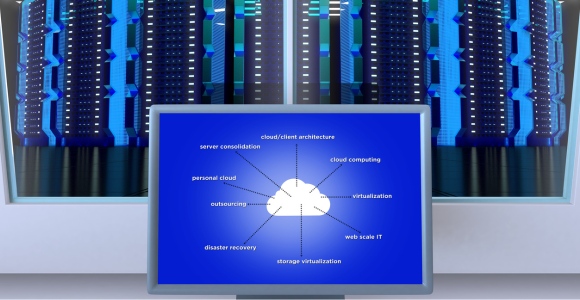The Ins and Outs of IT Self-Service
There is no reversing it. Whether you serve customers or [...]
Adapting Your Cyber Security Defenses: Tips for the Modern Business
Today, cybersecurity has become one of the top concerns for [...]
4 Ways Modern Enterprise Storage Can Put Your Data to Work
According to Statistica, the total amount of data created, captured, [...]









